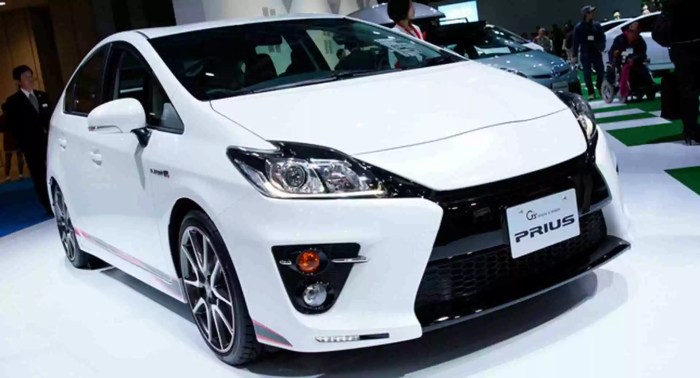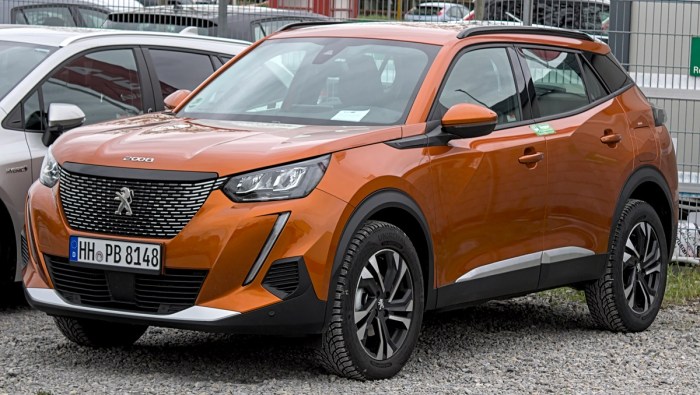New Car Price in Pakistan A Comprehensive Guide
Factors Affecting New Car Prices in Pakistan
New car price in pakistan – The price of a new car in Pakistan is influenced by a complex interplay of factors, ranging from import duties and currency fluctuations to local manufacturing capabilities and the pricing strategies of various manufacturers. Understanding these factors is crucial for prospective buyers to make informed decisions.
Impact of Import Duties and Taxes
Import duties and taxes significantly inflate the final price of vehicles, especially those imported as completely built units (CBUs). These levies constitute a substantial portion of the overall cost, making imported cars considerably more expensive than locally assembled ones. The government frequently adjusts these duties, impacting prices accordingly. Higher duties lead to higher prices, while reductions can result in more affordable options for consumers.
Role of Currency Exchange Rates, New car price in pakistan

Source: driver.pk
Pakistan’s reliance on imported car parts and, in some cases, completely built units, makes the price of new cars highly sensitive to fluctuations in the Pakistani Rupee (PKR) against major currencies like the US dollar. A weakening Rupee increases import costs, leading to higher car prices, while a strengthening Rupee can potentially lower prices. This volatility makes accurate price prediction challenging.
The new car market in Pakistan presents a diverse range of pricing, influenced by various factors. For those considering a luxury SUV, understanding the price point is crucial; you can find details on the lexus rx 350 new car price to help you budget effectively. Ultimately, navigating the overall landscape of new car prices in Pakistan requires thorough research and comparison across different models and brands.
Influence of Local Manufacturing and Assembly
The establishment of local manufacturing and assembly plants has played a crucial role in moderating car prices in Pakistan. Locally assembled vehicles generally cost less than imported ones due to reduced import duties and transportation costs. Furthermore, local production can increase competition, potentially leading to more competitive pricing.
Pricing Strategies of Car Manufacturers
Different car manufacturers employ varying pricing strategies based on their brand positioning, target market, and production costs. Some prioritize premium pricing to project an image of exclusivity and quality, while others adopt competitive pricing to capture a larger market share. These strategies influence the price differences observed across various brands and models.
Correlation Between Car Features and Price Variations
| Feature | Price Range (PKR) | Manufacturer | Model |
|---|---|---|---|
| Engine Size and Type | 1,500,000 – 5,000,000 | Toyota | Yaris/Corolla |
| Safety Features (Airbags, ABS) | 2,000,000 – 6,000,000 | Honda | Civic/City |
| Technology (Infotainment System) | 2,500,000 – 7,000,000 | Suzuki | Swift/Cultus |
| Luxury Features (Leather Seats, Sunroof) | 3,500,000 – 10,000,000+ | Kia | Sportage/Sorento |
Price Ranges of Different Car Categories
The Pakistani automotive market offers a diverse range of vehicles across various segments, each with its own price range. These prices are heavily influenced by factors like engine size, features, and brand reputation.
- Hatchbacks: 1,000,000 – 3,000,000 PKR (e.g., Suzuki Alto, United Bravo)
- Sedans: 2,000,000 – 6,000,000 PKR (e.g., Toyota Corolla, Honda City)
- SUVs: 3,000,000 – 10,000,000+ PKR (e.g., Toyota Fortuner, Kia Sportage)
Price differences within each segment stem from variations in engine capacity, features, fuel efficiency, and brand prestige. For instance, a base model hatchback will be significantly cheaper than a top-of-the-line variant with advanced features.
Comparison of Prices Across Different Brands

Source: com.pk
Comparing similar models from different brands reveals variations in pricing driven by factors like brand reputation, features, and perceived value. Consumers often weigh these factors against the price to determine the best value proposition.
| Brand | Model | Price (PKR) | Key Features |
|---|---|---|---|
| Toyota | Yaris | 3,000,000 | Fuel Efficiency, Reliability |
| Honda | City | 3,500,000 | Advanced Safety Features, Spacious Interior |
| Suzuki | Swift | 2,500,000 | Compact Size, Affordable Price |
Impact of Economic Factors on Car Prices
Economic factors significantly influence car prices in Pakistan. Inflation, fuel prices, government policies, and the overall economic climate all play a role in determining the cost of vehicles.
Effect of Inflation
Persistent inflation erodes the purchasing power of the Rupee, leading to increased production costs and consequently, higher car prices. This effect is amplified when inflation is coupled with currency devaluation.
Influence of Fuel Prices and Government Policies
Fluctuations in fuel prices directly impact the cost of transportation and manufacturing, influencing car prices. Government policies, such as import duties, taxes, and incentives for local production, also significantly affect the affordability of vehicles.
Economic Growth or Recession
Economic growth generally leads to increased demand for cars, potentially driving prices upward. Conversely, during economic downturns, demand decreases, potentially leading to price reductions or stagnation.
Timeline of Car Price Fluctuations (Illustrative)
While precise data requires specific sources, a general observation over the past five years suggests that car prices have generally trended upwards, with periods of more rapid increases coinciding with economic instability and currency devaluation. Conversely, periods of relative stability have seen slower price increases or even slight decreases in certain segments.
Illustrative Examples of New Car Prices
The following examples illustrate how specifications and features impact the price of new cars in Pakistan. Note that these are illustrative examples and actual prices may vary depending on the dealer and time of purchase.
- Model A: A compact hatchback with a 1.0L engine, basic safety features, and manual transmission. Expected price range: 1,500,000 – 1,800,000 PKR. Fuel efficiency: 20 km/liter. Warranty: 2 years/40,000 km.
- Model B: A mid-size sedan with a 1.5L engine, advanced safety features (ABS, airbags), automatic transmission, and basic infotainment system. Expected price range: 3,000,000 – 3,500,000 PKR. Fuel efficiency: 15 km/liter. Warranty: 3 years/60,000 km.
- Model C: A mid-size SUV with a 2.0L engine, advanced safety and luxury features (leather seats, sunroof, advanced infotainment), and all-wheel drive. Expected price range: 5,000,000 – 6,000,000 PKR. Fuel efficiency: 12 km/liter. Warranty: 3 years/60,000 km.
Resources for Finding New Car Prices
Several resources provide accurate and up-to-date pricing information for new cars in Pakistan.
- Manufacturer Websites: Check the official websites of major car manufacturers for their latest price lists and model specifications.
- Dealership Websites: Many dealerships maintain online portals with current pricing and inventory information.
- Automotive News Websites and Publications: Reputable automotive news websites and publications frequently publish price comparisons and reviews.
- Online Car Marketplaces: Some online platforms list new car prices from various dealers.
FAQ Insights: New Car Price In Pakistan
What is the average lifespan of a new car in Pakistan?
The average lifespan depends on maintenance and driving conditions, but generally ranges from 8-12 years.
Are there financing options available for new car purchases in Pakistan?
Yes, many banks and financial institutions offer car financing plans with varying interest rates and terms.
How do I verify the authenticity of a new car’s documentation in Pakistan?
Check the vehicle’s registration documents with the relevant authorities and ensure all paperwork is in order.
What are the common warranty periods for new cars in Pakistan?
Warranty periods vary by manufacturer and model, typically ranging from 1 to 3 years.





















